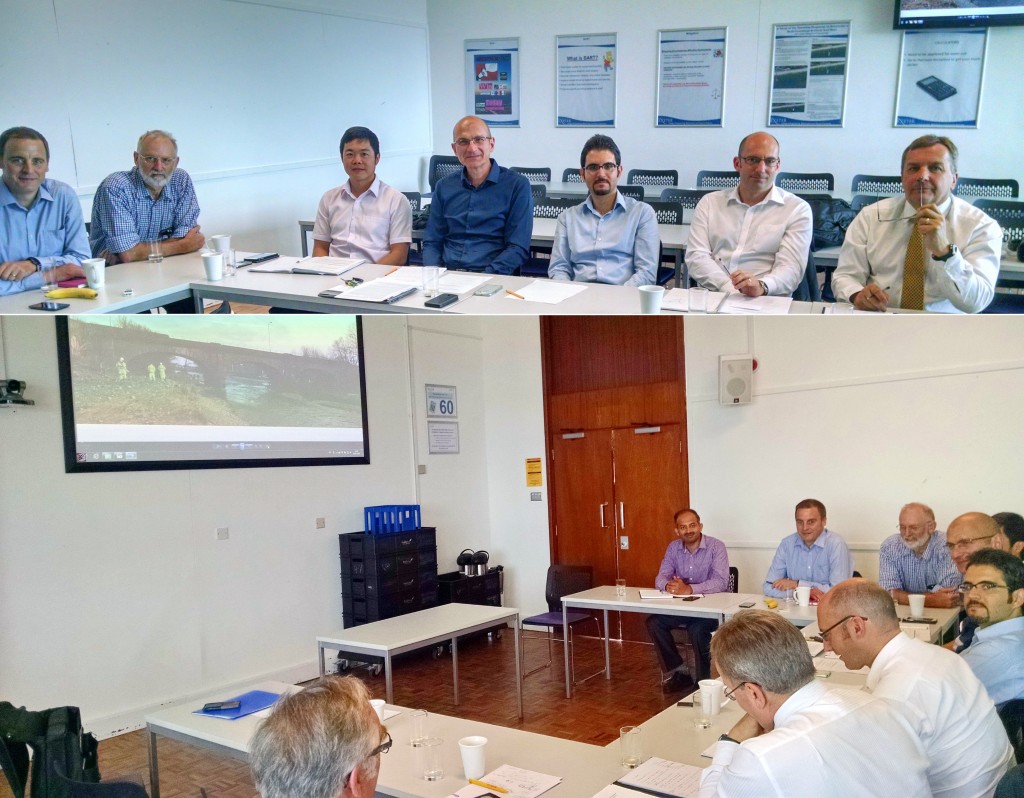RAMB project is funded by EPSRC as shown in here. It is aimed at studying hydrodynamics and scour around masonry bridges due to debris blockage, which has been identified as a major cause of bridge failure during flooding. Debris can reduce conveyance capacity, enhance scour and increase hydrodynamic forces, which in turn may detrimentally affect bridge stability even under moderate flow rates. Debris build-up can occur around any obstruction to water flow such as bridge piers. Masonry bridges, which constitute over 40% of the nation’s bridge stock, are particularly susceptible to debris blockage due to their short spans and low clearances over water levels. While hydrodynamic effects due to debris are known to significantly heighten the chances of bridge failure by worsening pier scour and constricting flow, current guidance for design and assessment of bridges are highly inadequate for evaluating effect of debris on scour and also hydrodynamic loading at bridges.
This research will directly address this urgent and practical need for an approach to evaluate the risks from debris accumulation at bridges. It will investigate the scour-enhancing effects of debris accumulation in the watercourse, and devise a systematic methodology to assess scour enhancing effect of debris blockage on bridge piers. The methodology, which will be built into existing CIRIA guidance [1] for assessment of bridges under hydraulic action, will enable optimal planning of interventions to effectively target bridges at risk to debris blockage and thereby improve resilience of the transport network and the rate of post-flood recovery. RAMB project also investigate hydrodynamic pressures at arch bridges which can be of practical importance for maintenance of masonry arch bridges.
This research comprises of the following three key elements
- Froude-scale hydraulic experiments to depict effects of debris blockage on flow parameters and pier scour;
- CFD modelling to simulate flow under masonry bridges and around bridge piers with floating debris blockage; and
- Formulation of a risk-based strategy to assess the hydrodynamic effects of debris accumulation at bridges.
[1] Kirby et al. (2015), Manual on scour at bridges and other hydraulic structures, second edition


